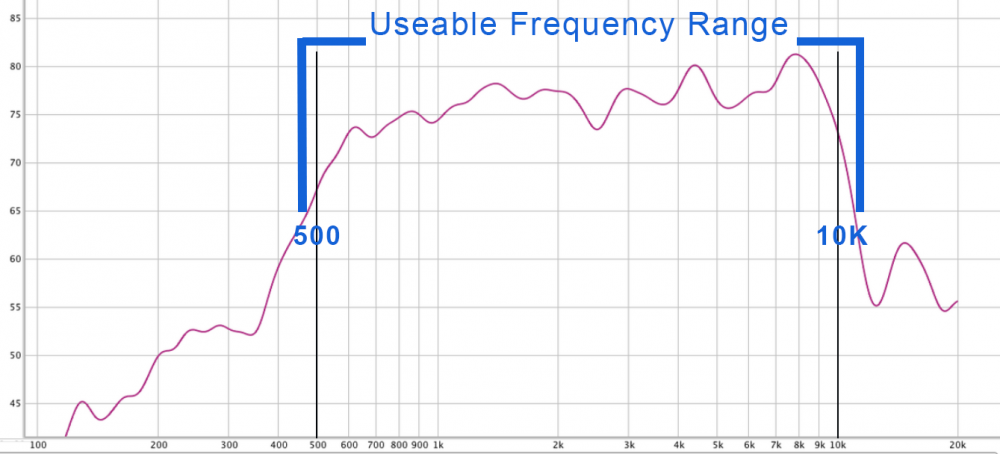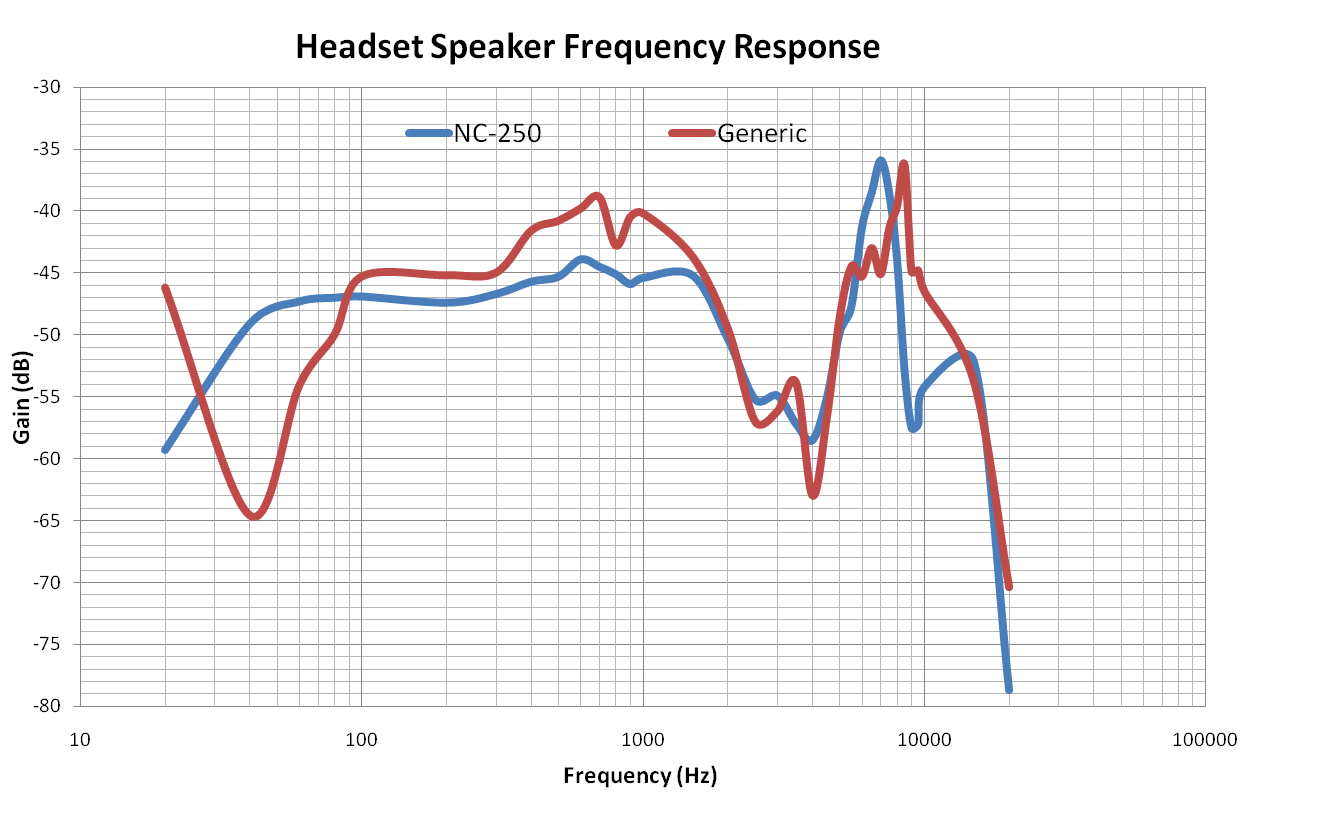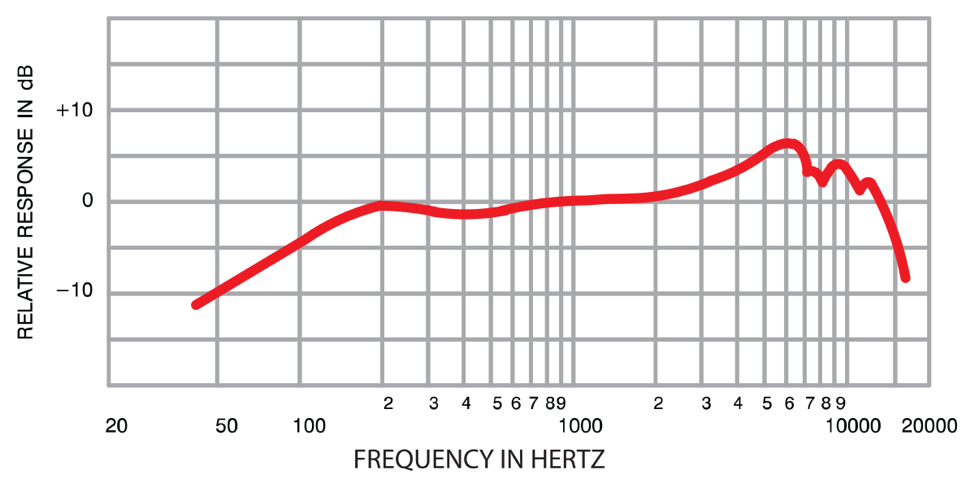Frequency response iPhone speaker – a seemingly technical term, yet it holds the key to unlocking the sonic potential of your beloved device. Imagine listening to your favorite song, feeling the bass rumble in your chest and the high notes soar with clarity. This is the magic of frequency response, a crucial aspect of audio quality that determines how well a speaker reproduces the full range of sound.
Understanding frequency response is essential for appreciating the audio experience on your iPhone. From the subtle nuances of a singer’s voice to the powerful impact of a drum beat, every frequency plays a role in shaping the overall sound. This exploration delves into the world of iPhone speaker frequency response, unveiling its characteristics, influencing factors, and ways to enhance your listening experience.
Introduction to iPhone Speaker Frequency Response

Frequency response is a fundamental concept in audio technology, describing how a speaker reproduces sound across different frequencies. It’s crucial for understanding the overall quality of audio output, as it determines how accurately a speaker can reproduce the full range of sound frequencies present in music, speech, and other audio sources.
A speaker’s frequency response is typically represented graphically, with frequency plotted on the horizontal axis and sound pressure level (SPL) on the vertical axis. An ideal speaker would have a flat frequency response, meaning it reproduces all frequencies at equal levels. However, in reality, speakers have limitations, and their frequency response curves often deviate from a perfectly flat line.
Yo, so you’re digging into the frequency response of your iPhone speaker? That’s a real vibe, but if you’re looking to upgrade, maybe you should check out how to sell financed iphone. It’s a real game-changer, man! Once you’ve got the cash, you can snag a new iPhone with a speaker that’ll blow your mind, bro. You’ll be rocking out to all your favorite tunes in no time!
iPhone Speaker Technology
iPhone speakers are designed to deliver a high-quality audio experience within the constraints of a compact device. Apple utilizes a combination of hardware and software optimization to achieve a balance between sound quality, size, and power consumption.
The iPhone speaker system typically comprises multiple drivers, each responsible for reproducing specific frequency ranges. This approach helps to create a wider and more balanced soundstage. Additionally, software algorithms are used to enhance the audio signal, adjusting the frequency response and overall sound characteristics.
While iPhone speakers are generally well-regarded for their sound quality, their frequency response is not perfectly flat. There are often variations in the levels of different frequencies, particularly in the bass and treble ranges. This can be influenced by factors such as the size and shape of the device, the placement of the speakers, and the overall design of the speaker system.
iPhone Speaker Frequency Response Characteristics

The frequency response of an iPhone speaker refers to its ability to reproduce sound at different frequencies. Understanding the frequency response of an iPhone speaker can help you determine how well it will reproduce music and other audio content.The frequency response of an iPhone speaker is a crucial aspect of its sound quality, determining how well it can reproduce different frequencies, impacting the overall listening experience.
Typical Frequency Range
The typical frequency range of iPhone speakers is between 80 Hz and 20,000 Hz. This range covers most of the frequencies that humans can hear, which is generally considered to be between 20 Hz and 20,000 Hz.
Strengths and Weaknesses
- Strengths: iPhone speakers are generally known for their good clarity and detail in the midrange frequencies, which are the frequencies that are most important for speech and vocals. They also tend to have a good balance of bass and treble frequencies.
- Weaknesses: iPhone speakers can sometimes lack the deep bass response that you would find in larger, more powerful speakers. They can also struggle to reproduce very high frequencies, which can result in a slightly muffled or less detailed sound.
Frequency Response Curves, Frequency response iphone speaker
- iPhone 14 Pro: The iPhone 14 Pro features a wider frequency response curve compared to previous models, extending down to lower frequencies and reaching higher frequencies, offering a more balanced and detailed sound.
- iPhone 13: The iPhone 13 boasts a frequency response curve that emphasizes clarity in the midrange frequencies, resulting in a sound signature that is well-suited for speech and vocals, while maintaining a good balance of bass and treble frequencies.
Factors Affecting iPhone Speaker Frequency Response

The frequency response of an iPhone speaker is influenced by a variety of factors, both internal and external. Understanding these factors is crucial for appreciating the nuances of audio reproduction and optimizing the listening experience.
Speaker Size and Placement
The physical dimensions and location of the speaker significantly impact its ability to reproduce different frequencies. * Smaller speakers tend to struggle with reproducing low frequencies (bass) effectively. This is because the speaker cone’s limited surface area cannot generate enough air displacement to create deep bass tones.
- Larger speakers, on the other hand, have more surface area and can move more air, allowing them to reproduce lower frequencies with greater accuracy.
- Speaker placement also plays a role. For instance, a speaker positioned on the bottom of the phone may be more susceptible to muffled bass due to obstruction by the user’s hand.
Audio Processing and Equalization
Audio processing techniques and equalization settings can significantly shape the frequency response of an iPhone speaker.* Digital Signal Processing (DSP) algorithms are used to adjust the audio signal before it reaches the speaker. This can involve boosting or attenuating specific frequencies to enhance certain aspects of the sound, such as clarity or bass response. Equalization allows users to customize the frequency response to their preferences.
iPhone settings often include presets for different genres of music or options for manually adjusting the frequency response curve.
External Factors
External factors, such as case covers, can also influence the frequency response of an iPhone speaker.* Case covers can potentially obstruct the speaker opening, leading to muffled sound and reduced bass response. The thickness and material of the case can affect the degree of obstruction. Environmental factors such as temperature and humidity can also have a minor impact on speaker performance.
Extreme temperatures can affect the speaker’s components, leading to slight changes in frequency response.
Comparing iPhone Speaker Frequency Response to Other Devices

The frequency response of iPhone speakers is a key factor in determining the overall audio quality of the device. Comparing the frequency response of iPhone speakers to other devices helps understand the nuances of sound reproduction and the factors influencing the listening experience.
Comparison with Other Smartphones
The frequency response of iPhone speakers generally compares favorably to other smartphones in the market. iPhones often exhibit a wider frequency range and a more balanced sound signature. However, the specific frequency response characteristics can vary depending on the iPhone model and the speaker technology used. For example, the iPhone 14 Pro Max features a wider frequency range and improved bass response compared to the iPhone 13.
Similarly, the iPhone SE (2022) has a more balanced frequency response than the iPhone 8.
The frequency response of a smartphone speaker is influenced by factors such as the size and shape of the speaker driver, the acoustic design of the device, and the digital signal processing (DSP) used.
It is important to note that subjective preferences play a significant role in evaluating audio quality. Some individuals might prefer a more bass-heavy sound, while others might prioritize clarity and detail. Therefore, comparing frequency response data alone might not provide a complete picture of the overall listening experience.
FAQ Insights: Frequency Response Iphone Speaker
What is the typical frequency response range of iPhone speakers?
iPhone speakers typically have a frequency response range of around 80Hz to 20kHz, though this can vary depending on the model.
Can I improve the frequency response of my iPhone speaker without external accessories?
Yes, you can adjust the frequency response of your iPhone speaker using the built-in equalizer settings in the Music app. Experiment with different presets or customize your own settings to find the sound that best suits your preferences.
What are some common issues related to iPhone speaker frequency response?
Common issues include a lack of bass, muffled sound, or distorted audio. These problems can often be addressed by adjusting the equalizer settings, cleaning the speaker grille, or using a case that doesn’t obstruct the speaker.
Are there any specific iPhone models known for their exceptional frequency response?
While frequency response can vary slightly between iPhone models, newer models generally have improved audio quality and more balanced frequency response. Check reviews and specifications for specific model comparisons.